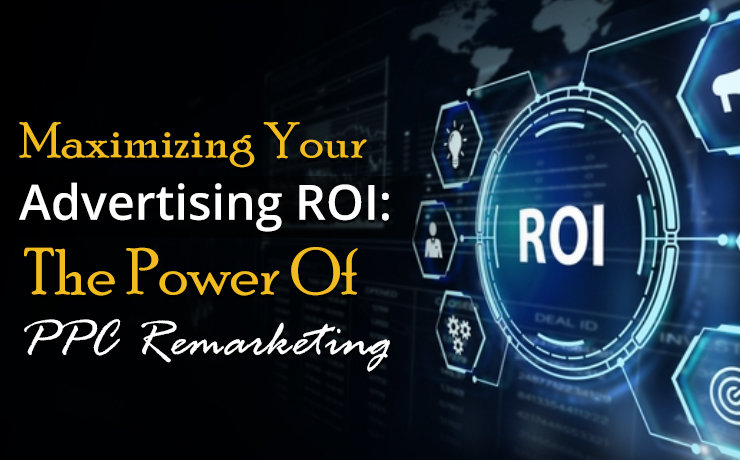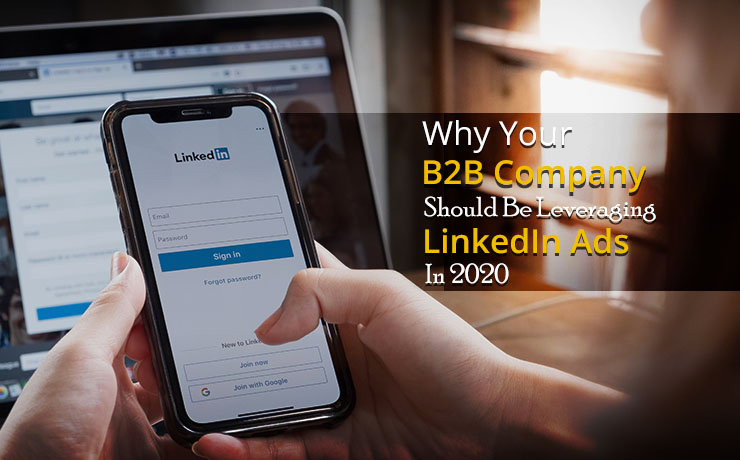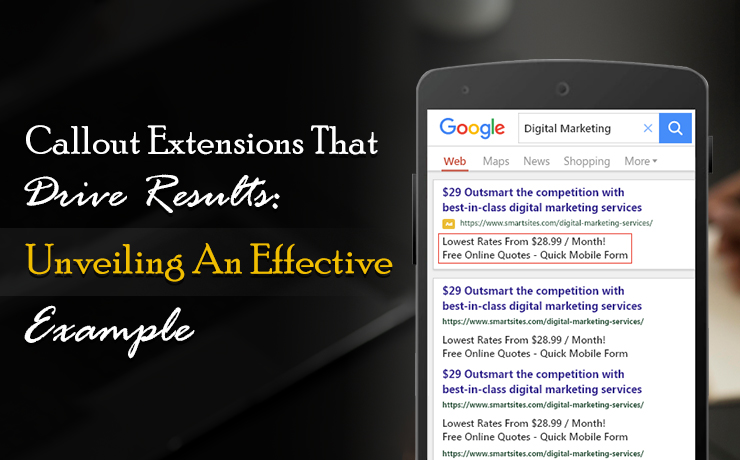
In the ever-evolving arena of digital marketing, where businesses are in a constant battle for the elusive attention of their target audiences, PPC remarketing emerges as a beacon of hope and a game-changer in the quest to maximize advertising ROI. This strategy offers a unique and powerful way to re-engage with individuals who have already shown interest in your products or services, making it an indispensable tool in a marketer’s toolkit.
This comprehensive guide serves as your roadmap to navigate the intricacies of PPC remarketing effectively. Whether you’re a seasoned digital marketing professional, well-versed in the intricacies of online advertising, or a newcomer eager to harness the potential of this strategy, the insights provided here will prove invaluable.
At its core, PPC remarketing is about rekindling connections with those who have visited your website but haven’t completed a desired action, whether it’s making a purchase, signing up for a newsletter, or taking any other predefined step. By understanding the concept and delving into the step-by-step process outlined in this guide, you will be well-equipped to harness the power of PPC remarketing to maximize your advertising ROI. This strategy not only allows you to re-engage with potential customers but also guides them toward conversion, ultimately enhancing the efficiency and effectiveness of your digital marketing efforts in an increasingly competitive landscape.
Understanding PPC Remarketing
PPC remarketing, or retargeting, hinges on a fundamental principle of digital marketing: reconnecting with individuals who’ve interacted with your website but haven’t crossed the conversion threshold. These users may have browsed your product pages, explored services, or added items to their carts but left without completing the desired action, be it a purchase, sign-up, or download. Remarketing employs paid advertising, typically display or social media ads, to rekindle the interest of these prospects. By delivering tailored and compelling messages, it gently guides them back to your site, offering a second chance at conversion. This strategic approach amplifies your marketing efforts, making the most of existing interest and potential ROI.
Imagine you run an e-commerce store selling tech gadgets. A user visits your website, browses the latest smartphones, but leaves without making a purchase. PPC remarketing allows you to display tailored ads to this user, showcasing the smartphones they viewed, enticing them to return and make a purchase.
Define Your Remarketing Goals
The first step in implementing a successful PPC remarketing campaign is defining clear and measurable goals. What specific actions do you want your website visitors to take? Is it completing a purchase, signing up for a newsletter, or downloading a resource? Your goals will shape your remarketing strategy.
If you operate a subscription-based streaming service, your remarketing goal might be to encourage free trial users to subscribe to a paid plan.
Create Segmented Audiences
Segmentation is a key element of effective PPC remarketing. Divide your website visitors into segments based on their behavior, interests, and the pages they visited. This allows you to deliver highly targeted and relevant ads to each group.
For an online fashion retailer, segments could include users who viewed women’s clothing, men’s accessories, or summer footwear. Tailor your ads to each segment’s preferences.
Craft Compelling Ad Creative
Your ad creative plays a pivotal role in the success of your PPC remarketing campaign. Create eye-catching visuals and compelling ad copy that remind users of their previous interaction with your website. Highlight the benefits of your products or services to reignite their interest.
If you’re running a PPC remarketing campaign for a travel agency, showcase enticing images of the destinations the user previously explored and mention exclusive travel deals.
Implement Smart Bidding Strategies
Leverage automated bidding strategies to optimize your PPC remarketing campaign. Options like Target CPA (Cost Per Acquisition) and Target ROAS (Return on Ad Spend) allow the platform to adjust bids to maximize conversions or ROI based on your goals.
For an e-commerce store, using Target ROAS can help you allocate budget more efficiently, prioritizing products or categories with a higher return on ad spend.
Unleash the Full Potential of PPC Remarketing
As you’ve journeyed through the strategies and insights of PPC remarketing, you’ve uncovered a powerful tool in the realm of digital marketing. Remarketing enables you to re-engage with potential customers, guiding them towards the desired action and maximizing your advertising ROI.
Remember, successful PPC remarketing involves a combination of strategy, creativity, and data analysis. By understanding the concept, defining clear goals, creating segmented audiences, crafting compelling ad creative, and implementing smart bidding strategies, you can unlock the full potential of PPC remarketing and propel your digital marketing efforts to new heights. So, go ahead and embrace the power of PPC remarketing to drive conversions, rekindle interest, and supercharge your advertising ROI in the competitive world of digital marketing.
 Free
Consultation
Free
Consultation Free
Google Ads Audit
Free
Google Ads Audit








